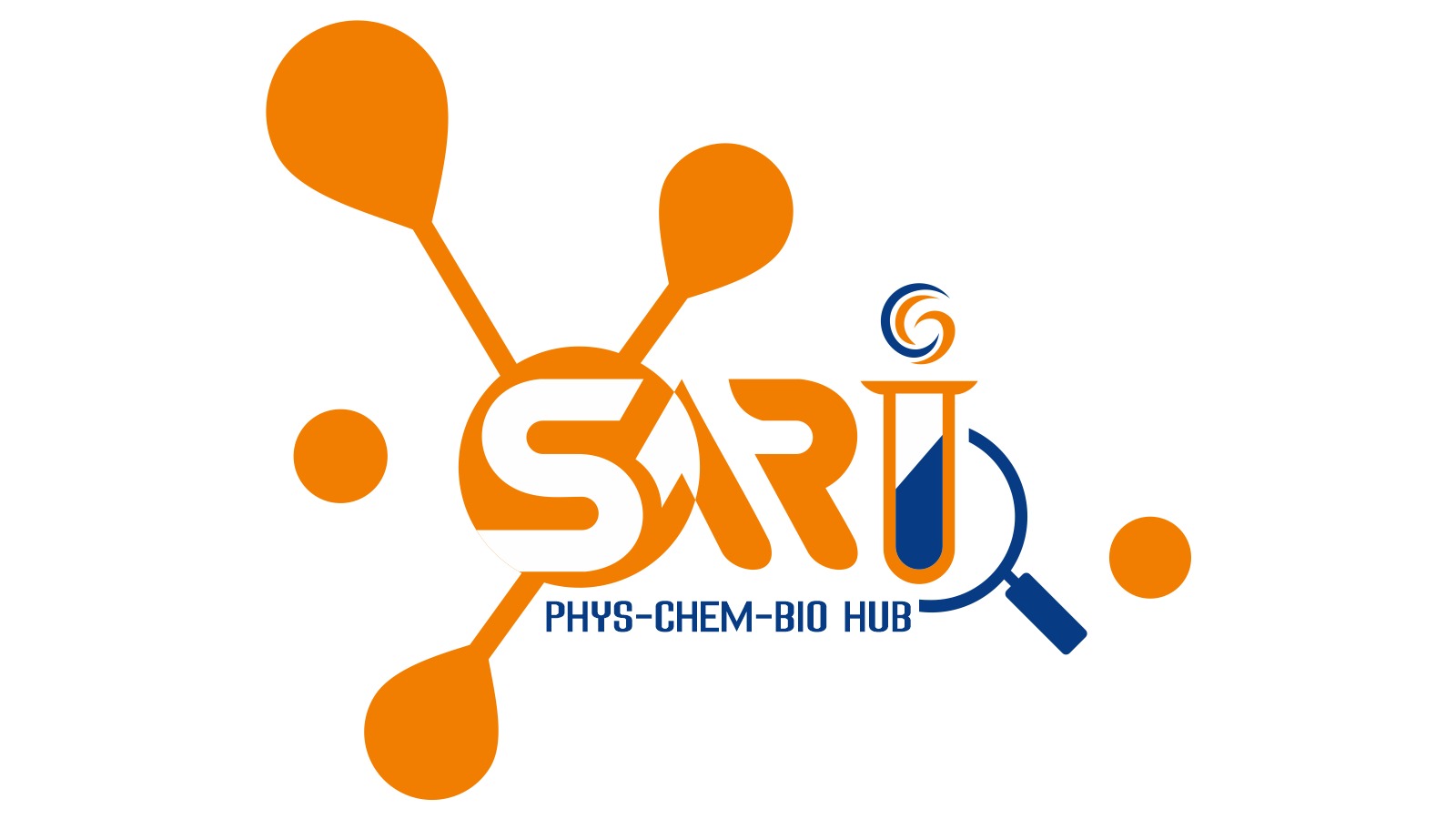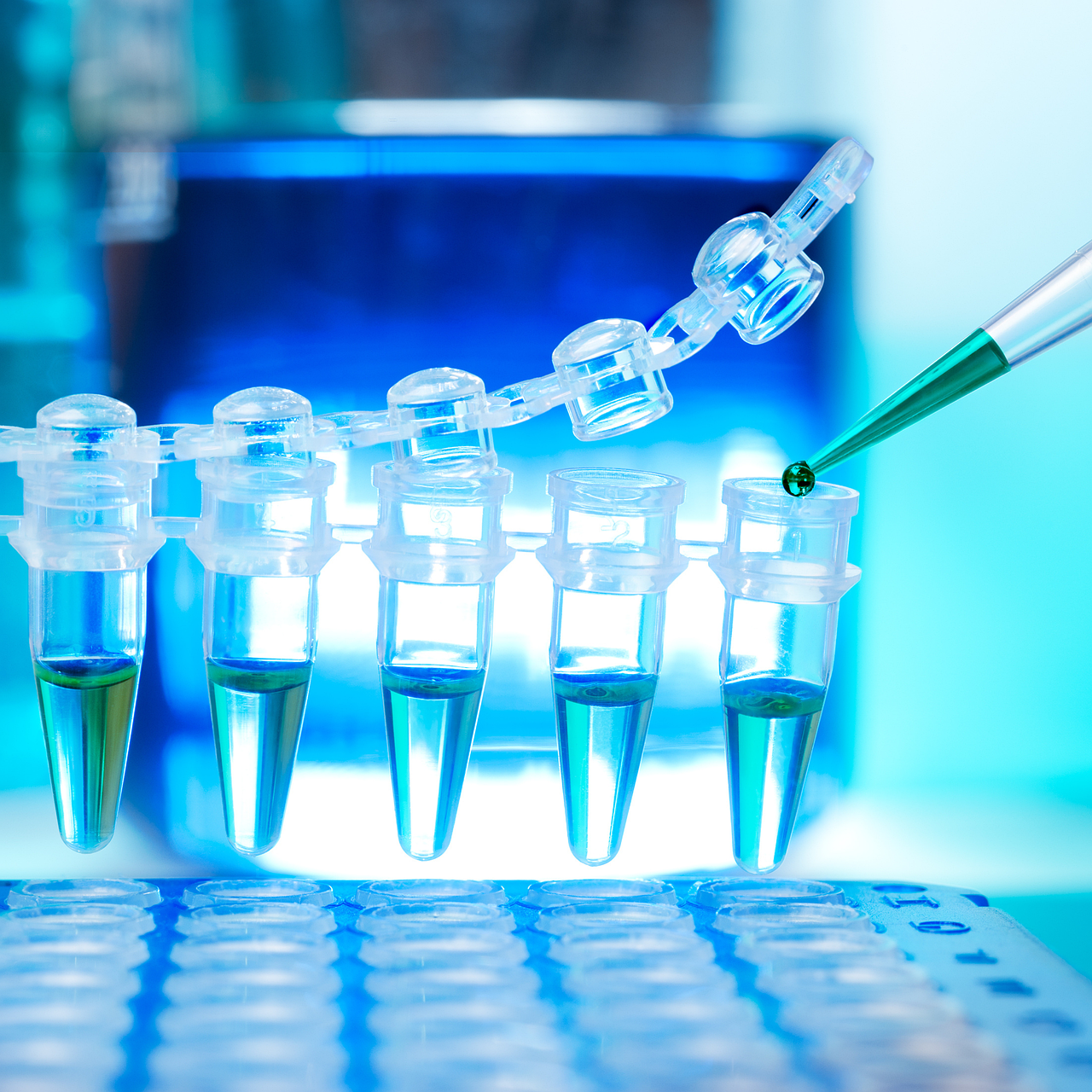Services
Energy Conversion Application
Current-voltage characteristics:
The current-voltage (I–V) characteristics of a solar cell describe how the output current varies with the voltage across the cell under illumination. This curve is fundamental for evaluating the performance of photovoltaic devices.
1. Short-Circuit Current (ISC):
The maximum current when the voltage is zero (terminals shorted). It reflects the light-generated current and is proportional to the light intensity and the active area of the cell.
2. Open-Circuit Voltage (VOC):
The maximum voltage when the current is zero (no load connected). It represents the maximum possible voltage the cell can produce and is a measure of the recombination losses within the device.
3. Maximum Power Point (Pmax):
The point on the curve where the product of current and voltage (I × V) is highest. This defines the optimal operating condition at which the solar cell delivers its maximum power output.
4. Fill Factor (FF):
A measure of the "squareness" of the I–V curve, calculated as:


